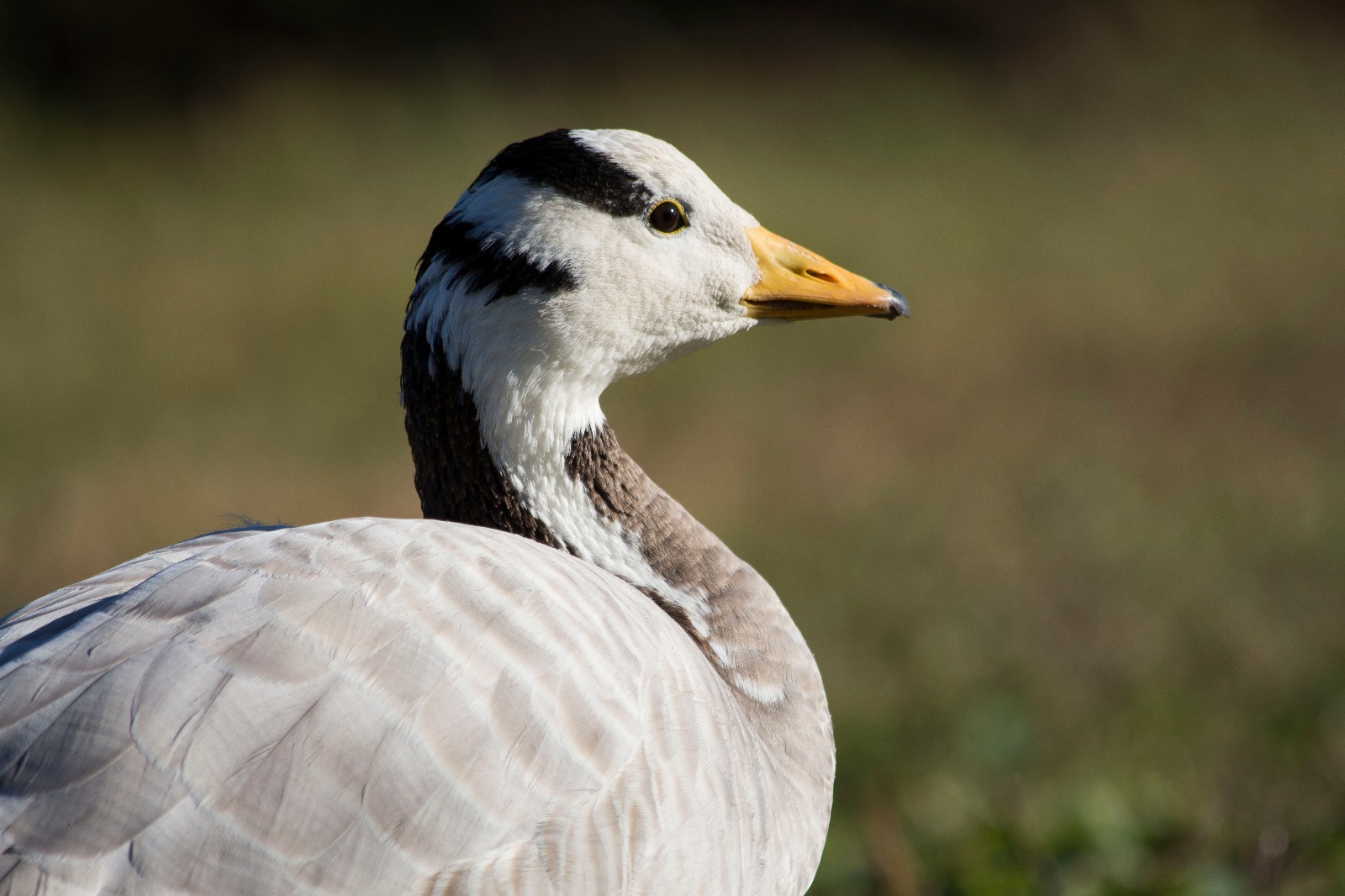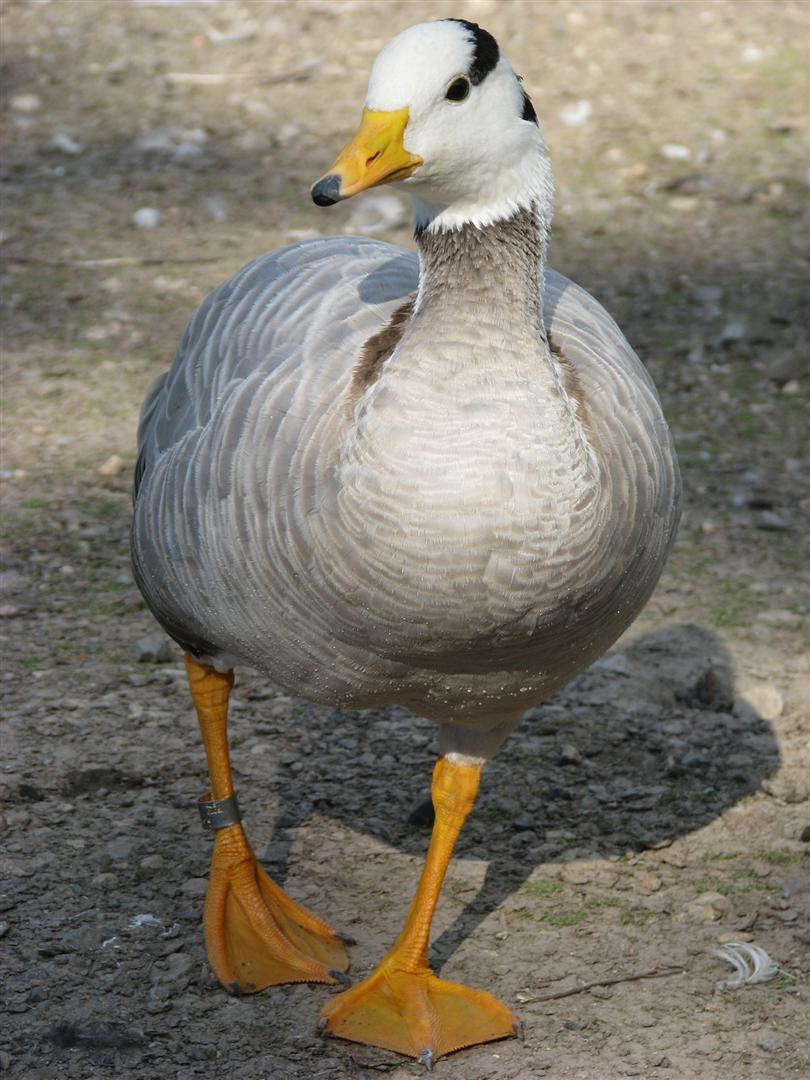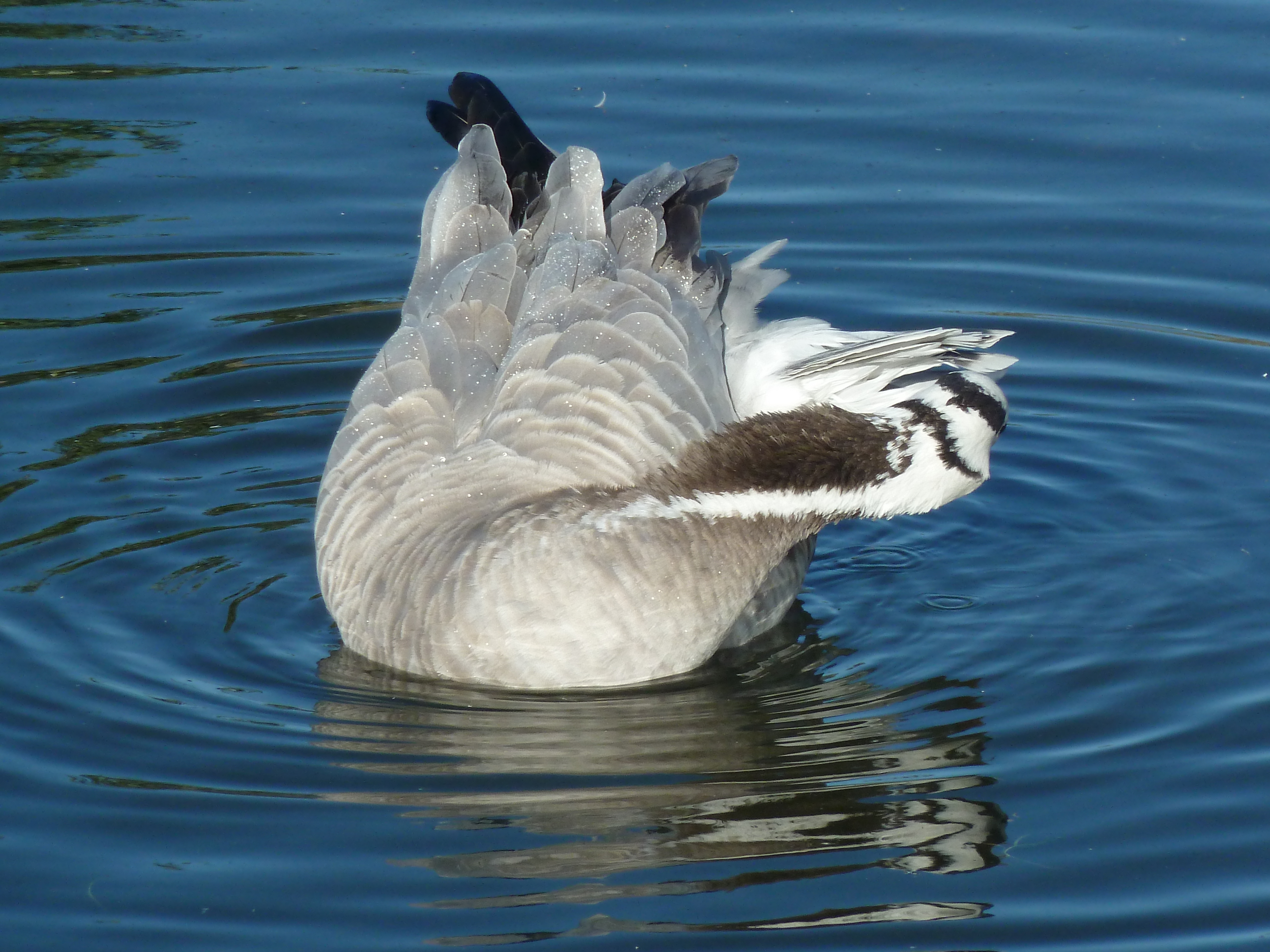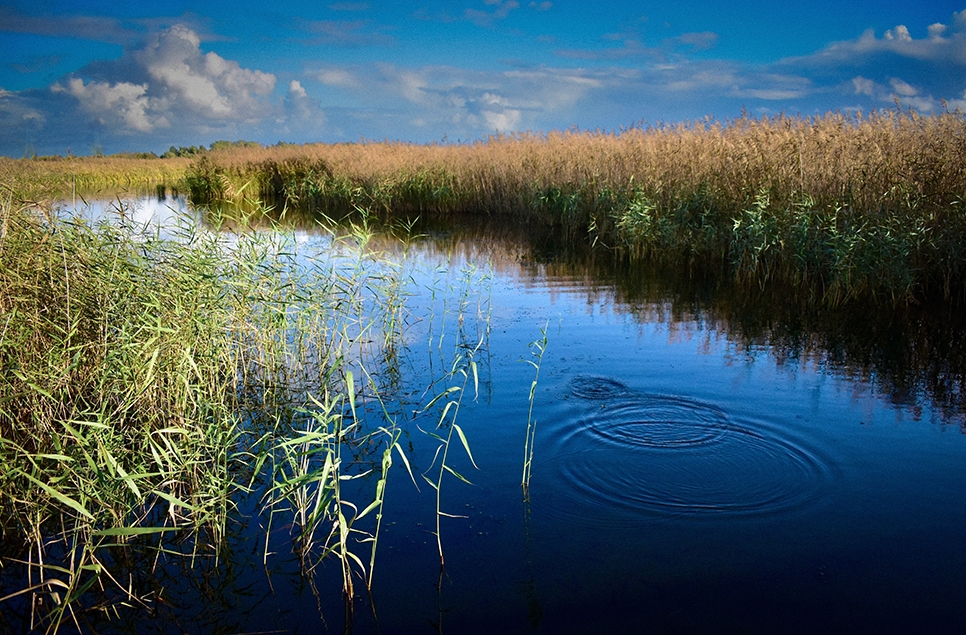The bird that can fly over the Himalayas: the brilliant bar-headed goose
The bar-headed goose (Anser Indicus) appear to be a pretty, mid-sized Asian goose, but beneath the skin this species exhibits some of nature’s most amazing adaptations that allow it to fly over the top of the Himalayan mountains.
The bar-headed goose (Anser Indicus) appear to be a pretty, mid-sized Asian goose, but beneath the skin this species exhibits some of nature’s most amazing adaptations…
 Our oldest female bar-headed goose at WWT Slimbridge. - Rebecca Taylor.
Our oldest female bar-headed goose at WWT Slimbridge. - Rebecca Taylor.
Migrating over the Himalayan Mountains
To spend the summer breeding in central Asia, this goose has to fly across the Himalayas from India. Flying over mountains might sound like something geese do every day, but at altitudes in excess of 20,000ft the bar-head must cope with pressures that would threaten the lives of most humans whilst they were sitting still, let alone travelling by wing! In addition to these basic facts, you have to think about the angle of ascent, and, once there, how to achieve these amazing feats of energy.
 PHOTO: A handsome male bar-headed goose.
PHOTO: A handsome male bar-headed goose.
It is observed that the bar-head has developed strategies for making the attempted migration, as well as physical adaptations:
Physical adaptations for flying at altitude
Internally, the bar-head has higher quality haemoglobin for taking up oxygen, a greater density of capillaries for supplying the oxygen within the blood into the muscles, and most impressively; extra lung sacs. All of these physical adaptations allow the bird to physically function at higher altitudes where the air is thinner.
Migrating when the air is still and calm
Strategically, the bar-head is observed to choose to migrate at night and early morning, choosing to take advantage of the cooler, denser air. The density of the air helps to avoid winds; the management of which during flight can cause the bar-head to waste energy maintaining its course. When you start your flight you have to finish, and so the bar-head has managed to make the most of its physical adaptations in association with suitable environmental factors that allow it to make this most amazing of journeys in just under 8 hours! Most impressively of all, the bar-head’s choice to avoid windy condition means that unlike other migratory species such as the Bewick’s swan which wait for the wind to seasonally turn to aid them in their migration, the bar-head achieves this amazing feat under their own aerobic power. Wow!
There is not denying however that they are not alone in this epic migration, other birds do their equal. Demoiselle cranes also cross the Himalayas to breed, but the most impressive thing of all is that unlike the cranes the bar-heads do not soar; they simply keep on flapping!
 PHOTO: A bar-headed goose having a wash!
PHOTO: A bar-headed goose having a wash!
How they save energy
Mountaineers have claimed to see them flying above the peak of Everest at 29,000, and a recent study at Bangor University discovered they can flap for long periods of time due to their “roller-coaster” flight pattern, whereby the birds ascended and descended according to the terrain. Although it might seem wasteful to descend only to ascend once more, it appears that the effort to ascend later is justified by the energy saved by descending.
See the bar-headed geese at WWT Slimbridge
When you next visit the “Goose of the world” or Asian exhibit at Slimbridge, you can cast your eyes back to the small group of bar-heads on the rear paddock and appreciate their magnificence as a species.
Believe it or not, our breeding females were hatched in 1990 and 1995! Excepting the flamingos, these gorgeous old girls are some of the oldest birds on site!


